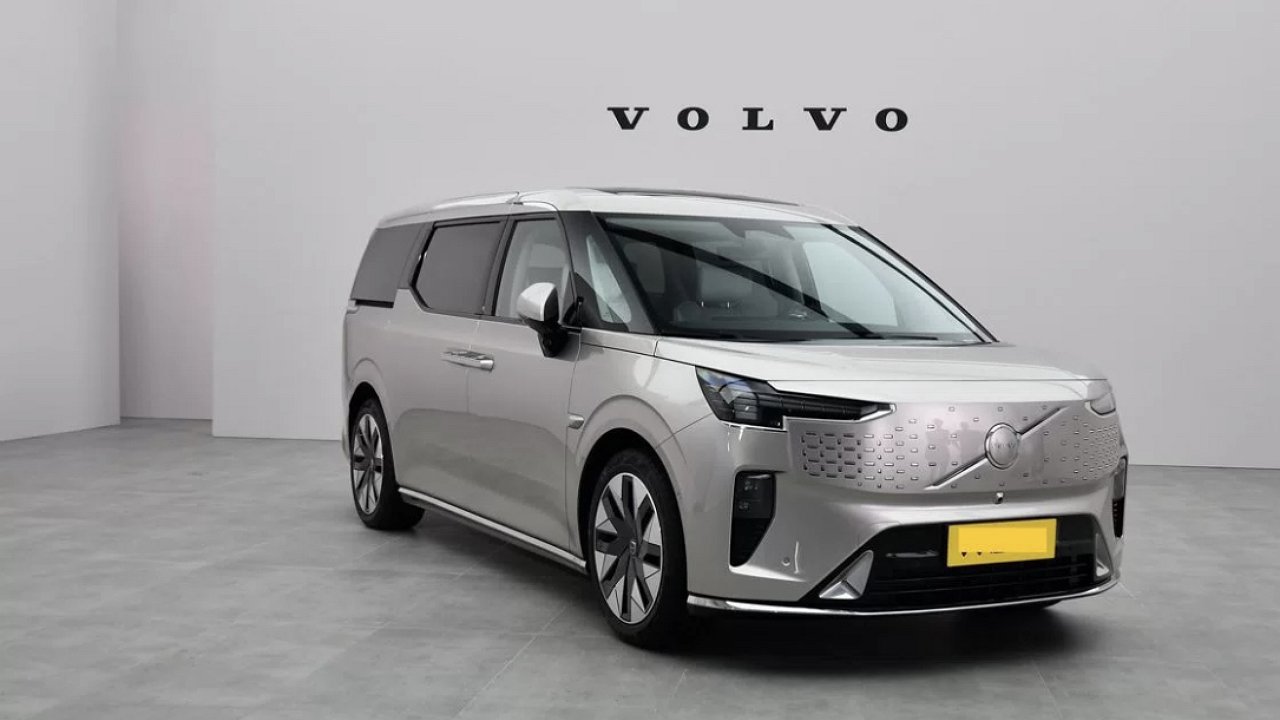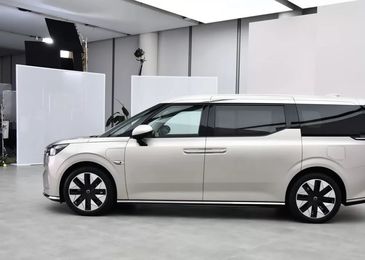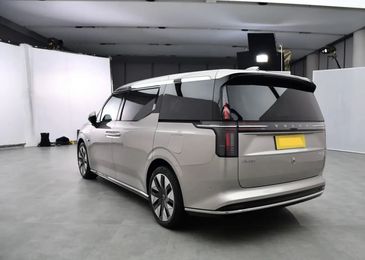Volvo’s latest electric bus is already on offer in Russia
- November 25, 2023
- 0
As soon as Volvo unveiled its new luxury electric bus, the EM90, offers to buy it flooded into the country, which is subject to 17,000 sanctions. The new
As soon as Volvo unveiled its new luxury electric bus, the EM90, offers to buy it flooded into the country, which is subject to 17,000 sanctions. The new

The bans and restrictions that the Russians had to send to the Stone Age somehow faded and led to a redistribution of income: now it is not the official distributor who makes money, but the private trader. And if previously it was possible to purchase a new model immediately after the manufacturer’s priority markets, now the offer in Russia appears along with all the others. Price? Yes, it’s high. But that also applies to the financial viability of many compatriots, as it turned out.
The new Volvo EM90 monovolume, equipped with a fully electric drivetrain of 272 hp. s., rear-wheel drive and all possible and impossible options, which at the moment seem to be the pinnacle of what is available to humanity in the premium minivan segment, will cost 14,160,000 rubles. Equipment – Ultra, the highest possible. The range on a fully charged battery is over 700 km. The waiting time for delivery is approximately three months. The car is delivered to the owner with a full set of documents required for registration.
A very interesting trend is observed in the market for models imported via “parallel import”: the direction of imports is changing. Previously the Emirates and South Korea were the most common sending countries, but now China is the leader. More and more new cars are arriving in Russia from the Middle Kingdom, and often these are not representatives of the local car industry, but Japanese and European brands that are well known to us.
The mechanism is as follows: the desired car is purchased from a dealer in China (any self-respecting domestic car dealer already has connections and friendly enterprises in China), after which it is sent directly to the Russian Federation. The traffic passes through Kyrgyzstan, where the cars are “passed through customs”, and then through a “curtain” – a regular truck covered with an awning – on which the car arrives in the destination city. Sanctions? Forbidden? Excuse me! The main rule, which has worked for centuries, remains unchanged: the severity of laws is softened by the optional nature of their implementation. And so – all over the world.


The bans and restrictions that the Russians had to send to the Stone Age somehow faded and led to a redistribution of income: now it is not the official distributor who makes money, but the private trader. And if previously it was possible to purchase a new model immediately after the manufacturer’s priority markets, now the offer in Russia appears along with all the others. Price? Yes, it’s high. But that also applies to the financial viability of many compatriots, as it turned out.
The new Volvo EM90 monovolume, equipped with a fully electric drivetrain of 272 hp. s., rear-wheel drive and all possible and impossible options, which at the moment seem to be the pinnacle of what is available to humanity in the premium minivan segment, will cost 14,160,000 rubles. Equipment – Ultra, the highest possible. The range on a fully charged battery is over 700 km. The waiting time for delivery is approximately three months. The car is delivered to the owner with a full set of documents required for registration.
A very interesting trend is observed in the market for models imported via “parallel import”: the direction of imports is changing. Previously the Emirates and South Korea were the most common sending countries, but now China is the leader. More and more new cars are arriving in Russia from the Middle Kingdom, and often these are not representatives of the local car industry, but Japanese and European brands that are well known to us.
The mechanism is as follows: the desired car is purchased from a dealer in China (any self-respecting domestic car dealer already has connections and friendly enterprises in China), after which it is sent directly to the Russian Federation. The traffic passes through Kyrgyzstan, where the cars are “passed through customs”, and then through a “curtain” – a regular truck covered with an awning – on which the car arrives in the destination city. Sanctions? Forbidden? Excuse me! The main rule, which has worked for centuries, remains unchanged: the severity of laws is softened by the optional nature of their implementation. And so – all over the world.
Source: Avto Vzglyad
Donald Salinas is an experienced automobile journalist and writer for Div Bracket. He brings his readers the latest news and developments from the world of automobiles, offering a unique and knowledgeable perspective on the latest trends and innovations in the automotive industry.